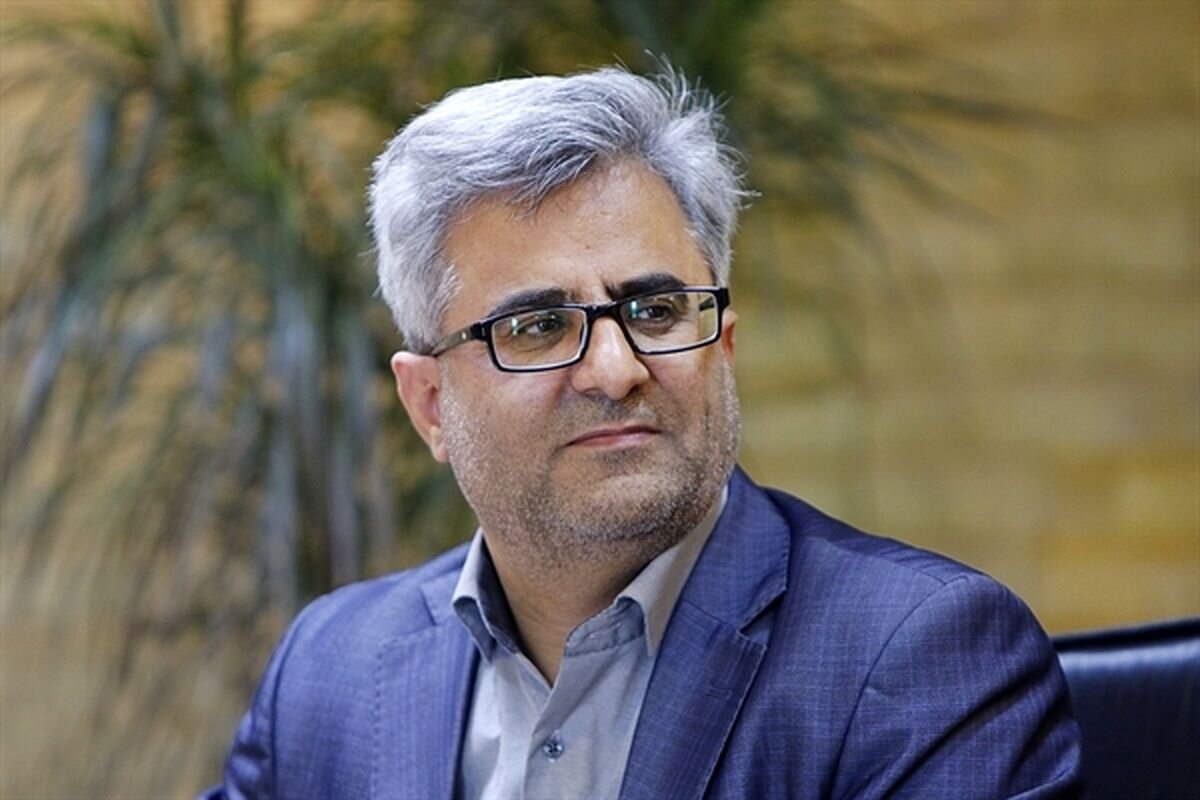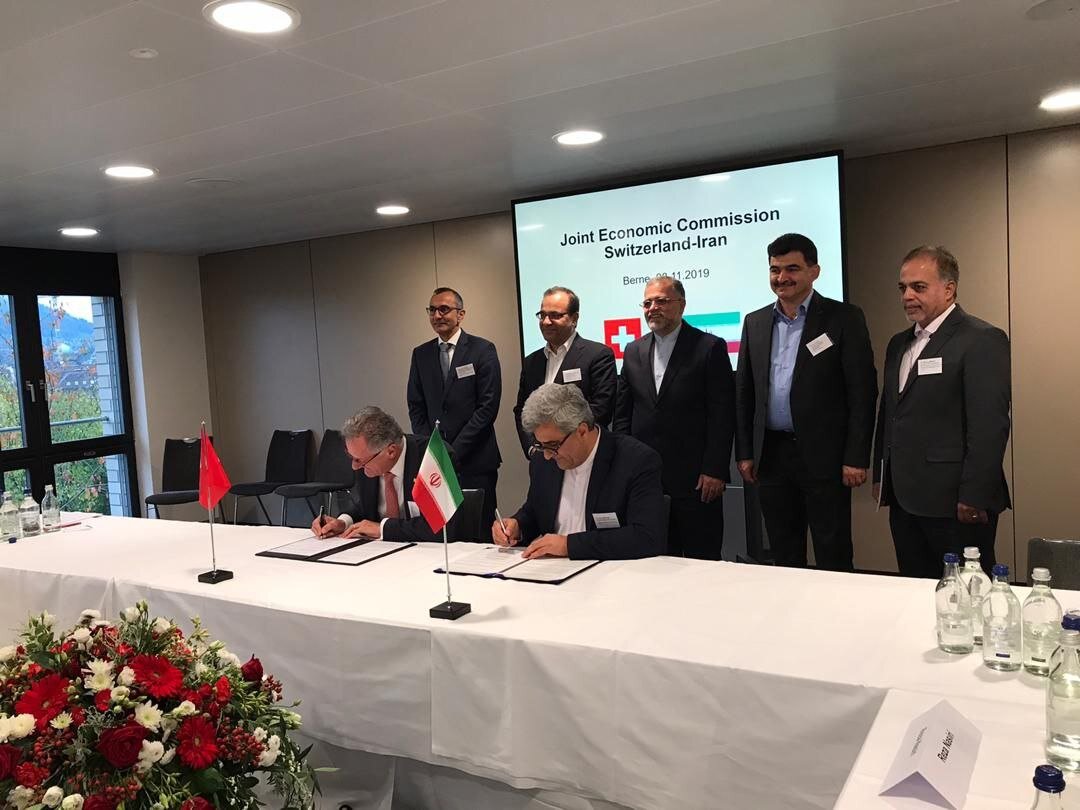Iran’s tourism shifts: former deputy minister shares insights

TEHRAN - The international tourism scene has shown a remarkable recovery after the COVID-19 pandemic. However, the story seems somewhat different when it comes to Iran.
Apart from official statistics, field observations suggest that there has been a shift in the sorts of tourists visiting the Islamic Republic in recent years: a rise in visitors from neighboring countries along with a sharp decline in the presence of Western tourists.
The change is quite evident even when you take a walk around Tehran, especially near historical sites like Golestan Palace, the Niavaran Complex, or even the Grand Bazaar,
To have a deeper insight into the issue, we sat with Wali Teymouri, the former deputy tourism minister, for an interview on Thursday.
Despite the significant time that has passed since the pandemic’s peak, Iran’s tourism sector has not fully rebounded to its pre-COVID-19 levels. What is the reason?
It is a multifaceted issue. According to the latest report from the UN Tourism, international tourism has almost returned to pre-pandemic levels globally, with numbers at 97% and spending at 100% of 2019 levels. Countries around us, such as Turkey, Saudi Arabia, the UAE, and Qatar, have even surpassed these global averages. Yet, the recovery of Iran’s tourism industry lags by about 35% compared to our 2019 figures.
Despite our skilled workforce and the knowledge possessed by both government and private sector stakeholders, the most critical challenge we face is improving our relations with target countries. Strong diplomatic ties can open doors for tourism, enabling us to catch up with and even surpass pre-pandemic levels.
Which way do you recommend for enhanced tourism ties?
The first step, we should follow robust tourism diplomacy, which is intrinsically linked with the country’s official diplomacy. A robust diplomatic strategy leads to international openness, fostering tourism development and prosperity. Equally, increased tourism exchanges at the international level promote understanding and closeness between nations, and thereby leads to strengthened official diplomacy.
If we are truly concerned about the growth and prosperity of tourism in Iran, we must choose greater and broader engagement with the world. This engagement is essential for opening our tourism sector to international visitors.
Can you give us a concrete example?
There are numerous examples, but let’s consider Iran’s involvement with UN Tourism (formerly known as UNWTO). In the summer of 2021, on the eve of Iran’s 13th government, Iran was a member of six significant structures within the organization: Member of the Executive Council for three consecutive terms; Vice President of the South Asia Commission; Vice President of the Committee on Affiliate Members; Member of the Education Committee; Member of the Committee for Drafting the International Charter for the Protection of Tourists, Providers, and Local Communities; and finally, Member of the Committee for Regulation and Review of the Affiliate Membership Process.
However, our membership in four of these positions has now expired.

How has the balance of inbound and outbound tourists changed in recent years?
According to the statistics published by the Statistical Center of Iran, we had 8,865,000 inbound tourists in 2019, the year before the pandemic, and 8,300,000 outbound tourists, resulting in a positive tourism exchange balance. In 2018, the numbers were also favorable, with 7,800,000 inbound and 7,250,000 outbound tourists, again resulting in a positive balance.
However, the landscape has shifted dramatically in 2023, with only 6,382,755 inbound tourists compared to a significant 14,646,776 outbound tourists. This created a negative tourism balance of over 8.3 million tourists last year, which is a sharp contrast to the pre-pandemic situation.
What measures do you propose to reverse this negative trend in tourism exchange?
Reversing this trend requires a comprehensive strategy. Firstly, we need to make Iran more accessible to international tourists. Secondly, we should enhance the overall tourism standards by investing in infrastructure and services to accommodate a growing number of tourists. This includes transportation, hospitality, and amenities. Lastly, marketing and promotional efforts should be intensified to showcase Iran’s rich cultural heritage, historical sites, and natural landscapes.
In your opinion, why have Iraqi tourists often topped the list in recent years?
“Robust diplomatic ties can open doors for tourism, enabling us to catch up with and even surpass pre-pandemic levels.”Tourism exchanges are shaped by cultural and diplomatic relations. In Iran, we have strong economic, cultural, and political ties with Iraq, which has led to a higher mutual exchange of tourists between the two countries.
Additionally, tourists might choose Iran as their travel destination for religious pilgrimage, but they also take advantage of medical services or go sightseeing in other parts of the country.
Conversely, we have tourists who come to Iran primarily for health tourism, but after completing their medical procedures, they often include religious pilgrimages and recreational travel in their plans.
However, in terms of spending, Iraqi tourists typically spend less in our country compared to those from European countries.
In recent years, the number of Afghan tourists has seen a significant increase according to available statistics. What are your thoughts on this matter?
Most Afghans travel to Iran with work visas, which were not previously counted as tourists. However, since 2022, the country’s tourism authority has started counting Afghans as part of the incoming tourist statistics.
According to global definitions, those who enter a country on work or study visas are not considered tourists.
Do you have any final thoughts on the future of Iran’s tourism industry?
Iran is a country with unparalleled cultural richness, historical significance, and natural beauty. Our potential as a global tourism hub is immense. To realize this potential, we must focus on creating an open and welcoming atmosphere, engaging with the world on a broader scale. By doing so, we can showcase the true essence of Iran and invite the world to experience our nation’s hospitality, history, and diversity.
AFM
Leave a Comment